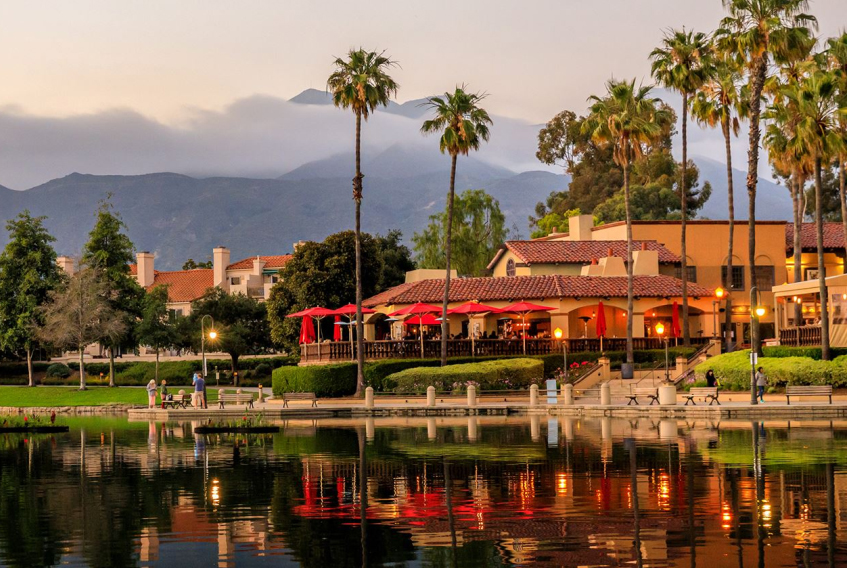

Offshore, moreover, it is not a rarity to observe a number of marine animals of special concern. Its swaths of predominately untouched land act as critical habitat to approximately seventy (70) Federally- and State-listed endangered and threatened species, including the arroyo toad, the pacific pocket mouse, the southwestern willow flycatcher, and the least bell’s vireo. In fact, Santa Margarita Watershed is home to some of the largest populations of endangered and threatened species in Southern California. The lower river and estuary have largely escaped the development typical of other regions of coastal Southern California, and are therefore able to support a relative abundance of functional habitats and wildlife. Without effective planning measures in place, however, a major concern is that this spur in development could exacerbate current surface water quality problems downstream. Currently, the majority of development is concentrated in Riverside County, in the upper watershed basin. Census data, the Santa Margarita Watershed is estimated to be home to approximately 320,000 residents, of which about 28,000 are located in San Diego County. To see a more detailed breakdown by hydrologic area, please see specific hydrologic area sections below.Īccording to 2010 U.S. Of the Santa Margarita WMA, undeveloped and open spaces constitute approximately forty-four percent (44%) of the land area, followed by military uses at thirty percent (30%), residential at eight percent (8%), agriculture at seven percent (7%) and miscellaneous land uses at eleven percent (11%).

The river eventually discharges to the Pacific Ocean after flowing through several unincorporated areas, the community of Fallbrook, and the Marine Corps Base Camp Pendleton. Rainfall to the area primarily drains through the Santa Margarita River, which originates where the Temecula and Murrieta Creek systems meet near the City of Temecula, in Riverside County. Of these nine hydrologic areas, only 5 are located at least partially within the jurisdiction of the County of San Diego:įor the purposes of this overview, these portions of the watershed within the County of San Diego will be referred to here as the Santa Margarita WMA. The Santa Margarita Watershed can be divided into nine distinct hydrological areas, each with unique hydrological and environmental features: The watershed is located in northern San Diego and southwestern Riverside Counties and borders San Juan Watershed to the northwest and San Luis Rey Watershed to the south. The Santa Margarita Watershed encompasses a land area of roughly 750 square miles, of which about 200 square miles, or twenty-seven percent (27%), lies within San Diego County.


 0 kommentar(er)
0 kommentar(er)
